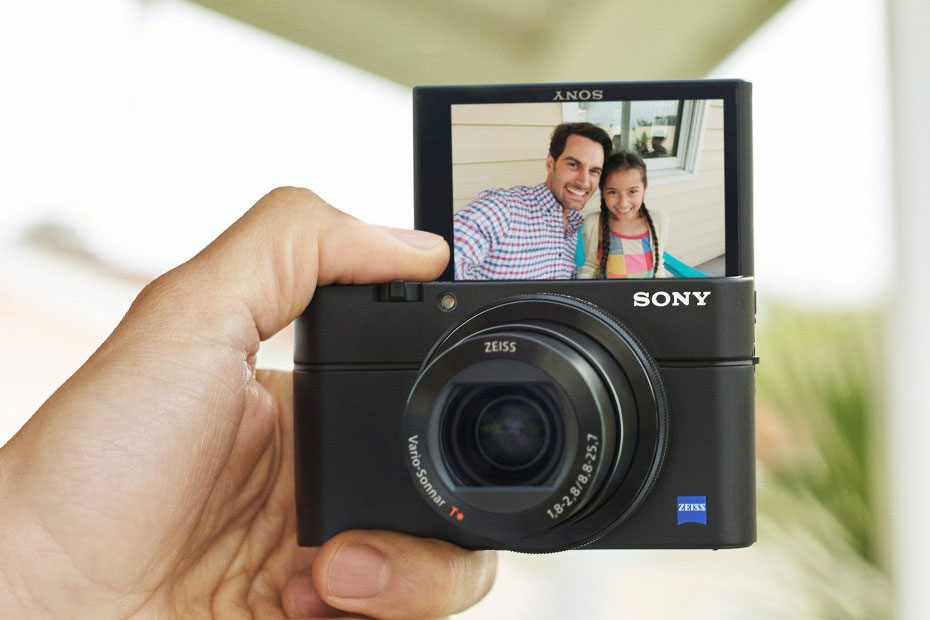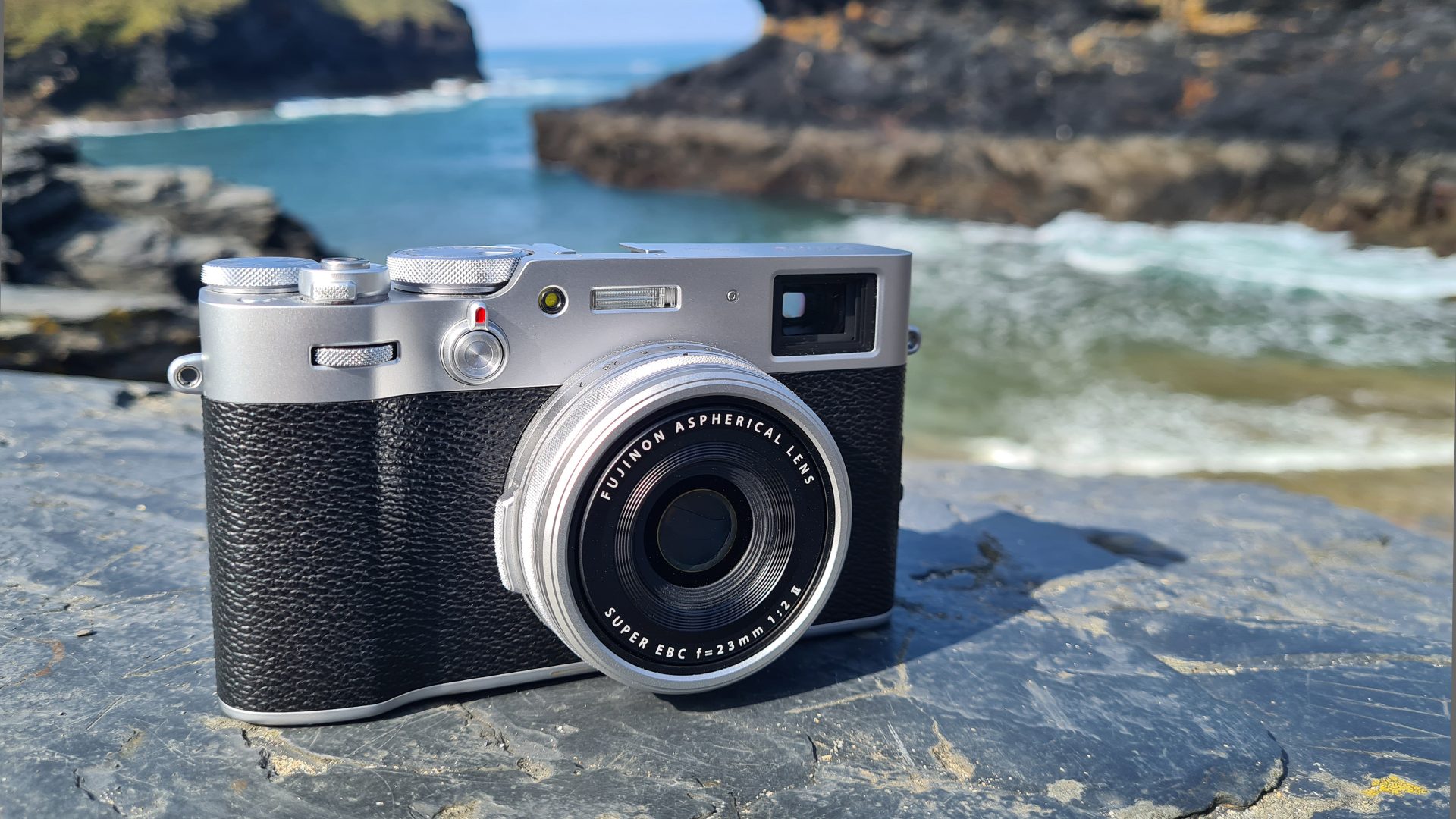Mastering Point and Shoot Film Cameras: A Professional's Guide
With the resurgence of vintage aesthetics, the popularity of film photography has surged among professional photographers. Knowing how to use a point and shoot film camera efficiently is essential for capturing timeless shots that evoke nostalgia, character, and depth.
While digital cameras offer convenience, film cameras still hold a special place in the hearts of many photographers due to their unique visual qualities. Understanding the intricate mechanics and nuances of a point and shoot film camera can elevate your artistry to new heights.

Understanding Your Point and Shoot Film Camera
The foundational knowledge of your cameras components is paramount for maximizing its potential. A typical point and shoot film camera is designed with simplicity in mind, often featuring an automatic mode to help photographers achieve balanced exposures without much effort.
Main Components
- Lens: The integral component that directs light onto the film.
- Viewfinder: Allows photographers to compose their shots.
- Film Compartment: The space where the film roll is loaded and stored.
- Shutter Button: Releases the shutter to capture the image.
Loading the Film
Detailed knowledge about loading film accurately can prevent common mishaps. Familiarize yourself with different ways of loading various film types to ensure seamless shooting experiences.

Mastering Camera Settings
While most point and shoot film cameras have automatic settings, manual adjustments allow greater creative control.
ISO Settings
Understanding ISO settings is pivotal. The ISO indicates the film's sensitivity to light. For instance, an ISO 400 film is more sensitive to light compared to ISO 100, making it suitable for low-light conditions.
Aperture and Shutter Speed
Though typically automated in point and shoot models, some cameras allow you to manually adjust aperture and shutter speed. The aperture controls the amount of light entering the lens, while the shutter speed determines the duration the film is exposed to light.

Composing the Perfect Shot
Composition is an art form. Use the rule of thirds to enhance your image's aesthetic quality. This involves dividing the frame into nine equal parts and positioning the subject along these lines or at their intersections.
Lighting and Exposure
Leveraging natural light is crucial in film photography. Be mindful of your light source and its impact on the final image. Overexposure can wash out details, while underexposure can result in dark, grainy images.
Creative Techniques
Experiment with double exposures and other creative techniques to add layers of complexity and intrigue to your photographs. Each shot can tell a unique story when mastered properly.

Developing and Scanning the Film
Once the shooting process is complete, the film must be developed and scanned. Understanding the film development process can significantly affect the quality of your final images.
Film Development
Choose between self-developing your film or using a professional development service. Self-developing can offer more control, but requires specific chemicals and equipment.
Scanning the Negatives
For digital use, scanning the negatives is essential. High-quality scanners can resolve intricate details, making your digital reproductions nearly as impressive as the original prints.
Conclusion
Learning how to use a point and shoot film camera demands patience and dedication. However, the artistic rewards are immense. By mastering camera settings, composition techniques, and film development processes, you can create stunning images that echo the charm of bygone eras.
For more insights, you can visit this guide to improve your film photography skills further.
FAQs
Which film is best for point and shoot cameras?
It mainly depends on your shooting environment. ISO 400 films are versatile for various lighting conditions.
Can I manually control settings on a point and shoot film camera?
Some models offer limited manual settings, like adjusting ISO or focus. However, most are automated to simplify the shooting process.
Whats the advantage of using a point and shoot film camera?
The main advantage is the cameras simplicity and the distinct aesthetic qualities of film photography, which digital cameras can't replicate.
As an Amazon Associate, I earn from qualifying purchases.

